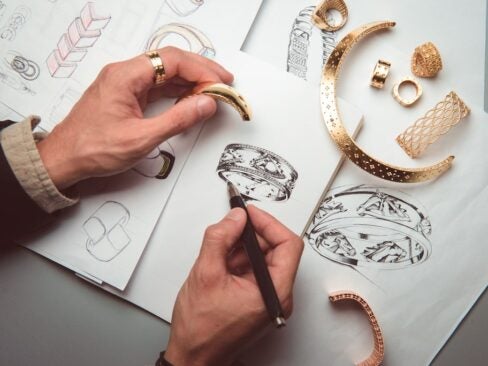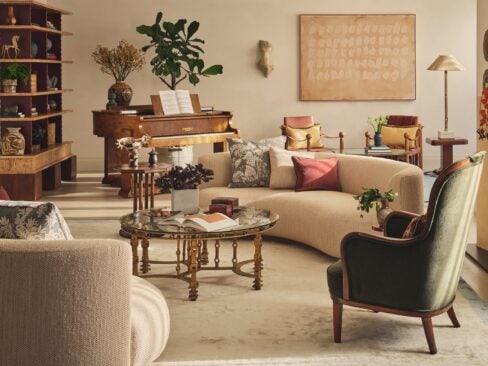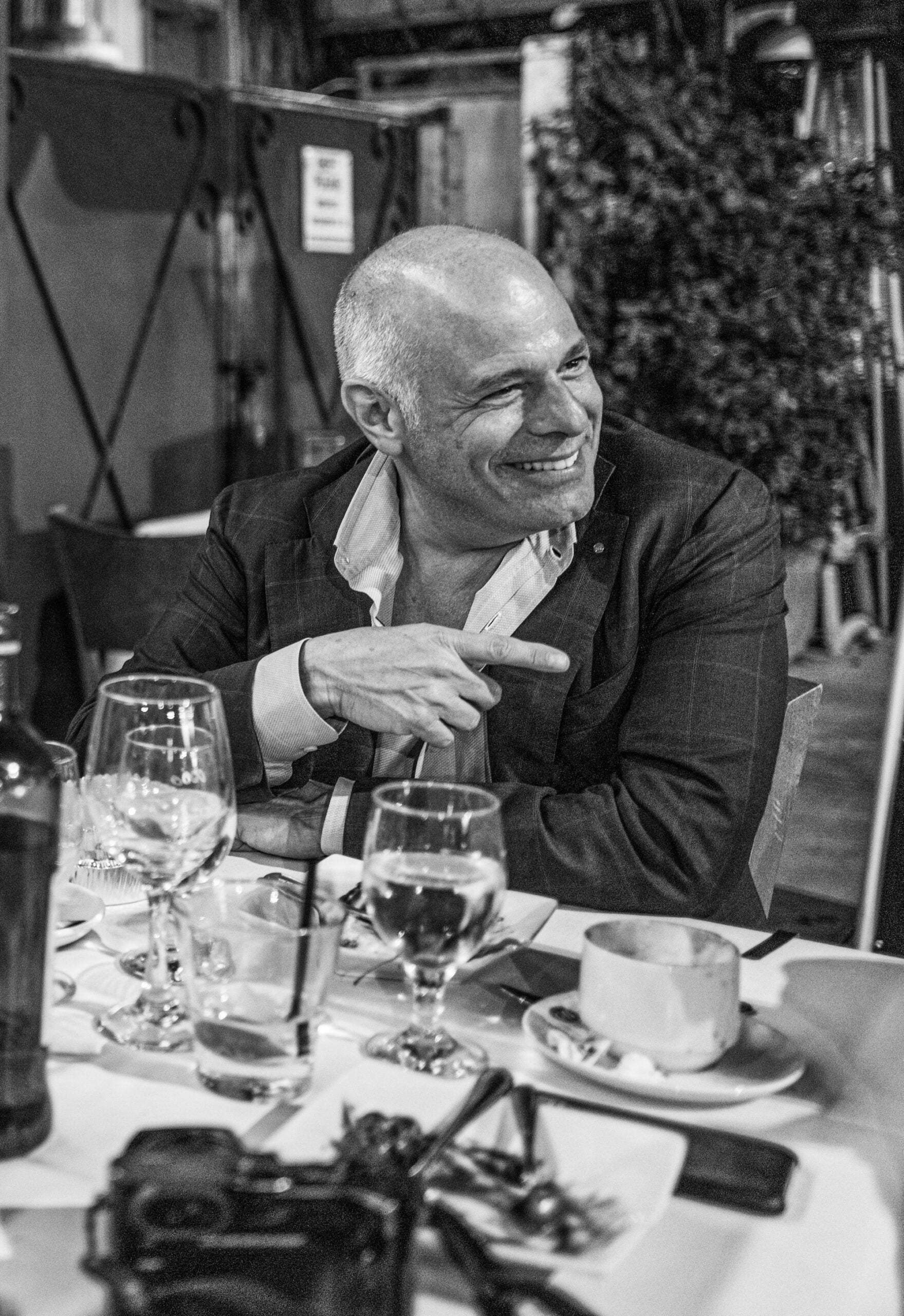One hundred years is always an important anniversary, but in the field of optics and imaging, it’s monumental.
Despite being known for its highly sought-after cameras, in 2023, Leica reentered the projection business after a short hiatus with the release of the Cine 1. Utilizing Leica’s iconic design language, high-quality materials and class-leading lenses, the results were particularly special. President of Leica Camera North America, Mike Giannattasio, talks centenaries, heritage and cinema projection.
What’s the day-to-day role of Leica’s head of North America?
Most of my day is spent doing two things: My primary responsibility is protecting the legacy, tradition and heritage of this brand. The second part is engaging with the community that is attracted to Leica and creating platforms that creators, storytellers and individuals want to use. I also focus on the development of the brand in the Americas as a whole. We just opened up a subsidiary in Mexico, and we are now looking to open a subsidiary in Canada within the next 12 to 15 months.
Leica is a prestigious brand in the camera world, but perhaps less known for its home cinema systems. Could you discuss Leica’s history with projection?
In 1925, Leica revealed the world’s first 35mm camera. In doing so, it also developed the first mass-produced projector for 35mm film, known as the Leica Pradovit projector. After more than 80 years of producing slide projectors, Leica unveiled its first digital projector, the Pradovit D-1200 in 2008. So at Leica, we’ve been making projectors for just as long as we have been making cameras. The heritage is all there.
The Leica home cinema offering comprises the Cine 1 and Cine Play 1. How do the two devices differ?
When we relaunched projection, we started with the Cine 1, a static system targeted to the home enthusiast. It’s a short-throw projector, so it sits next to the wall on which it’s projecting, and offers the highest quality and resolution. But at Leica, we understand that our customers are explorers, which is why we introduced the Cine Play 1, a unit that is portable, easy to carry around and doesn’t require a screen. What links the two is a commitment to design. The Leica community values quality design, so both feature all-aluminum bodies and legendary Leica Summicron lenses.
The Leica brand is recognized around the world for its impressive lenses, build quality and design. How are those cornerstones brought to its home cinema systems?
At the center of everything we do is our commitment to artistry, craftsmanship and heritage. We make products that enhance the lifestyle of those who see photography as more than a hobby. We approached our Cine cameras in the same way. When you look at the picture presented by our Cine projectors, whether it’s the special bokeh or the saturation of color, or how we handle color so it’s realistic and soft, and doesn’t look juiced up, that’s really where the magic happens. It’s about mastering both the technology and the lens so that it lends itself to a beautiful visual experience, whether that’s still or moving.
In a modern home cinema, connectivity, smartphone integration and access to streaming apps are more important than ever. How does Leica’s system hold up?
If you decide to be in the market, then you are going to have to work with the other prominent players. Our Cine projectors have smart features and built-in apps for Netflix, Amazon, Disney, Apple and so on. We aim to meet the customer where the customer is, not dictate the journey. One of our primary goals is to be intuitive and easy to use. Think about what a game changer the iPad was; you could give it to a child, and they understood how to use it. Our system is built similarly; it’s designed to be simple to use with everything else you have to play.
Besides buying a Leica Cine 1, how can readers improve their home entertainment setup?
Having the right screen is important. Be sure that the screen is compatible with the ambient lighting in your home. Good sound is also crucial. Our Cine systems have great built-in sound, but we also ensure they are flexible and compatible with additional audio systems users may have. Consider an ultra-short-throw projector, so the system can sit close to the screen, enhancing the quality. It also means if someone stands up halfway through, they don’t get in the way of the projection. But in the end, enjoying these things with people you love is always the best way to enhance any experience.
This year is Leica’s centennial year. It is a fantastic achievement for any brand, but for a technology company, it’s truly impressive. How are you planning on celebrating?
You don’t get many opportunities to celebrate a centennial, so we have planned a yearlong celebration. It all started in Dubai, then Milan, and then it came to New York. Leica has such an affinity with New York, we just opened a brand- new flagship store here in the Meatpacking District, which is the hub of the celebration. There were gallery exhibitions that chart the history of photography. We are planning an auction later in the year, so we previewed some of the lots here in New York. Just outside our store is a space called Gansevoort Plaza that we took over. There was a camera museum, free sensor cleanings, demonstrations and academy experiences. It was a momentous day for Leica fans.











